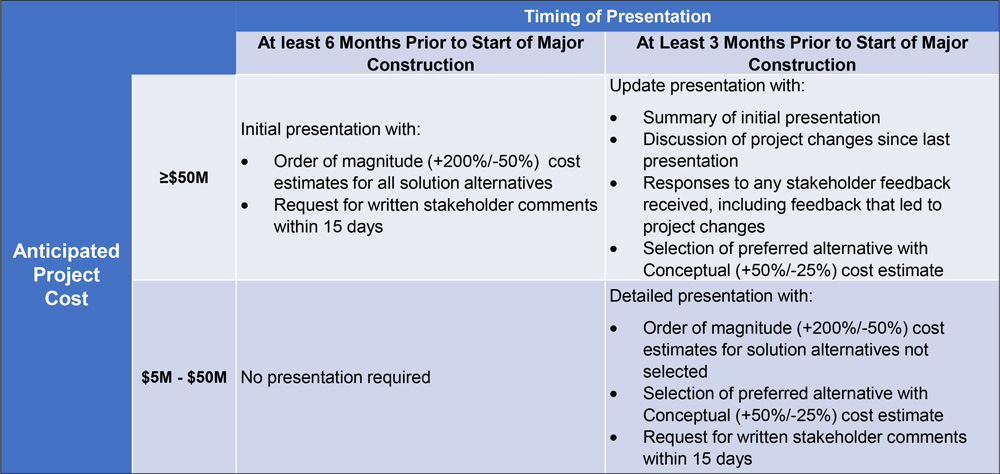The U.S. Department of Energy this week announced it will funnel up to $3.5 billion to strengthen domestic production of batteries and more than $444 million to help fund 16 carbon storage projects in the works.
Both initiatives are funded through the Infrastructure Investment and Jobs Act.
The battery funding opportunity is the second stage of the total $6 billion set aside for the advancement of battery manufacturing and materials processing. In the first phase last year, DOE selected 15 companies to receive awards.
Concept papers for projects seeking grants are due Jan. 9, 2024; full applications are due March 19 for a shot at receiving a minimum federal award of $50 million and a maximum of $300 million. Projects should focus on battery-grade processed critical minerals, battery precursor materials, battery components, and cell and pack manufacturing, DOE said. The process is being administered by the department’s Office of Manufacturing and Energy Supply Chains.
The department said advanced batteries are “critical to national competitiveness” and will spur grid storage, increasingly resilient homes, and business and transportation electrification. The U.S. is aiming for electric vehicles to make up half of all new light-duty vehicle sales by 2030.
Meanwhile the 16 CO2 storage project recipients across 12 states will “significantly and responsibly” reduce emissions, DOE said. Carbon management technologies are key to meeting the Biden administration’s goal of achieving net-zero emissions across all industries by 2050, it said.
The carbon storage projects received funding under the Carbon Storage Assurance Facility Enterprise (CarbonSAFE) Initiative, managed by DOE’s Office of Fossil Energy and Carbon Management. Since the beginning of 2021, the office has released more than $816 million to advance carbon transport and storage.
The U.S. needs a “concerted effort to build out the infrastructure” to store hundreds of millions of tons of CO2 each year in geologic storage facilities, DOE said.
According to DOE, nine of the 16 carbon storage projects were selected for CarbonSAFE Phase II: Storage Complex Feasibility and will enter a feasibility study process. Those include potential CO2 storage reservoirs in regions that lack facilities in the Southeastern Illinois Basin, Virginia, California, Texas, South Florida, Mississippi, Alaska and Wyoming. Most projects in the feasibility study stage were awarded about $9 million apiece from the department.
The other seven projects are in the planning and permitting stages and were recipients of CarbonSAFE Phase III: Site Characterization and Permitting. They received substantially more from the department.
BP Carbon Solutions’ planned Project Crossroads, meant to decarbonize Northwestern Indiana through a storage hub at Whiting Refinery and wells in Indiana, Illinois and Michigan, received the most at $98 million. Tampa Electric received $88 million to perform a site characterization study for the proposed Polk Carbon Storage Complex located near an existing natural gas power station in Polk County, Fla. And the Southern States Energy Board of Georgia now has $55 million to work with to conduct a site characterization study of four geologic carbon storage systems for the Tri-State Carbon Capture and Storage Hub serving Ohio, Pennsylvania and West Virginia.
Other projects intended for New Mexico, the Permian Basin and Louisiana received between $21 million and $41 million.
Energy Secretary Jennifer Granholm said that the battery investments will give a “boost needed to build a robust domestic battery supply chain that is Made-in-America,” and the carbon storage projects will “help slow the harmful effects of climate change all while revitalizing local economies and delivering cleaner air to the American people.”
US, China Vow More Climate Action
The pair of funding announcements coincided with the U.S. and China refreshing a pledge to build up renewable energy and oust planet-warming fossil fuel resources.
The two countries agreed to redouble climate mitigation efforts and resume a working group on climate cooperation ahead of a Nov. 15 meeting of U.S. President Joe Biden and Chinese President Xi Jinping. The leaders’ first face-to-face meeting in a year occurred at an estate near San Francisco and corresponded with the Asia-Pacific Economic Cooperation summit.
In a joint statement released Nov. 14 by the U.S. State Department, the two countries reaffirmed their commitment to meet the Paris Agreement’s target of holding global average temperature increase to “well below” 2 degrees Celsius and to pursue efforts to “keep 1.5 degrees Celsius within reach.”
The two largest carbon-emitting countries promised to ramp up renewable energy deployment through 2030, develop at least five large-scale carbon capture and storage projects apiece by 2030, and pursue reforestation. They expressed support for G20 leaders’ pact in September to triple global renewable energy capacity by 2030.
They also promised to restart the U.S.-China Energy Efficiency Forum “to deepen policy exchanges on energy-saving and carbon-reducing solutions in key areas including industry, buildings, transportation and equipment.” The U.S. and China vowed to “rise up to one of the greatest challenges of our time for present and future generations of humankind.”
